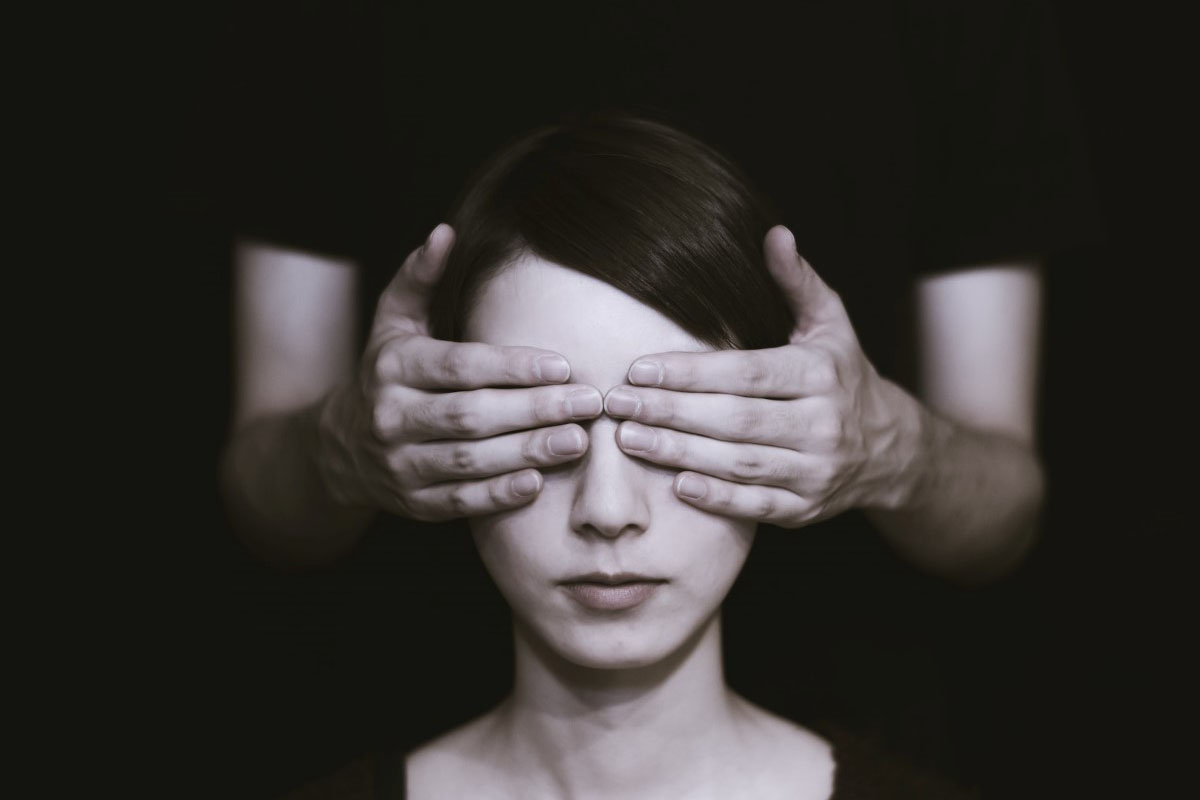Being legally blind means a person’s vision is 20/200 or worse even with corrective lenses. It’s different from low vision, which is 20/70 or worse even with correction. Impaired vision and vision loss refer to reduced sight that causes difficulty in daily activities.
Legal blindness can be partial, meaning there’s a partial loss of vision in one or both eyes. It can also be total, where there’s complete vision loss in both eyes. Blindness can be caused by cataracts, glaucoma, or retinopathy.
BrailleBug is an educational site that offers braille games and resources for children, parents, and teachers to promote braille literacy.
CareerConnect provides resources for job seekers with visual impairments, including career information, job search assistance, and tips for succeeding in the workplace.
FamilyConnect offers advice and resources to parents of children with visual impairments, including tips for adapting to the home environment and using adaptive technology.
VisionAware provides information on independent living with visual impairment, including resources on everyday living, eye conditions, and working with visual impairment.
The Council of Citizens with Low Vision International is an advocacy organization that offers scholarships to individuals with low vision.
The National Federation of the Blind is an advocacy organization that assists blind individuals with COVID-19 vaccination-related tasks.
The National Organization for Rare Disorders offers support to individuals living with rare disorders that can cause blindness.
VisionAware also provides a state-by-state directory of state organizations for the blind, while the Council of Schools & Services for the Blind offers a list of specialized schools for the blind by state, and Perkins School for the Blind offers a college readiness program.

